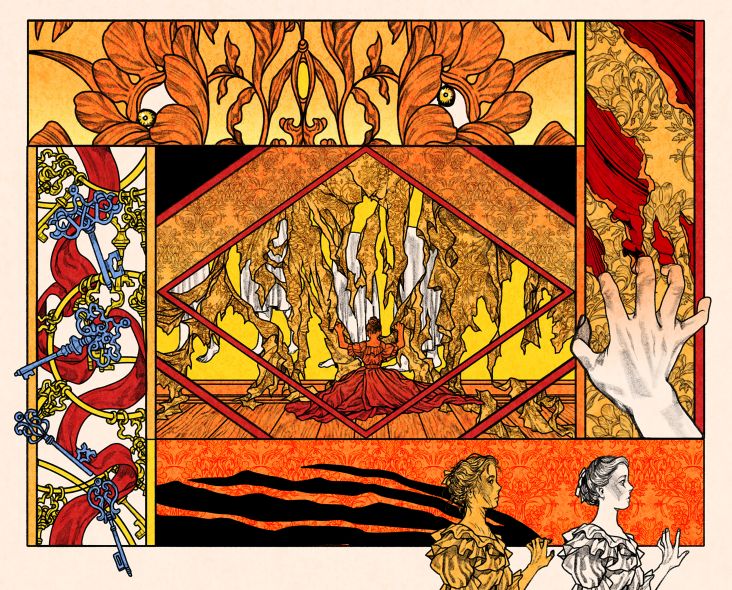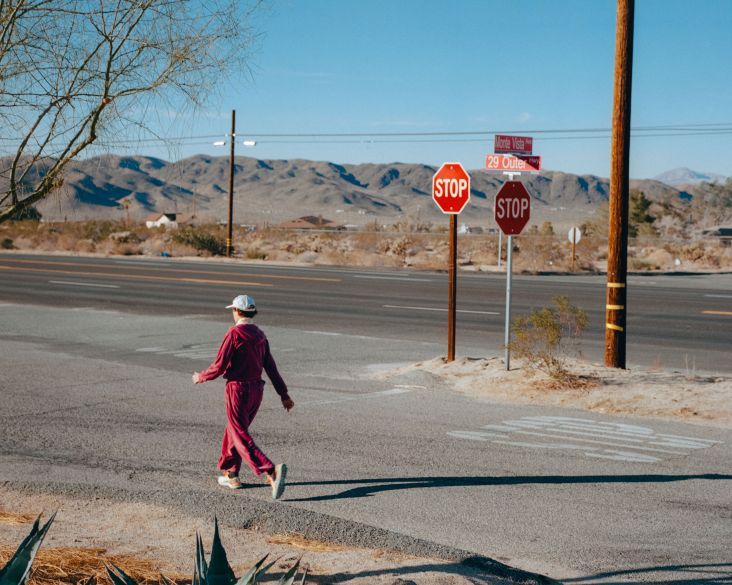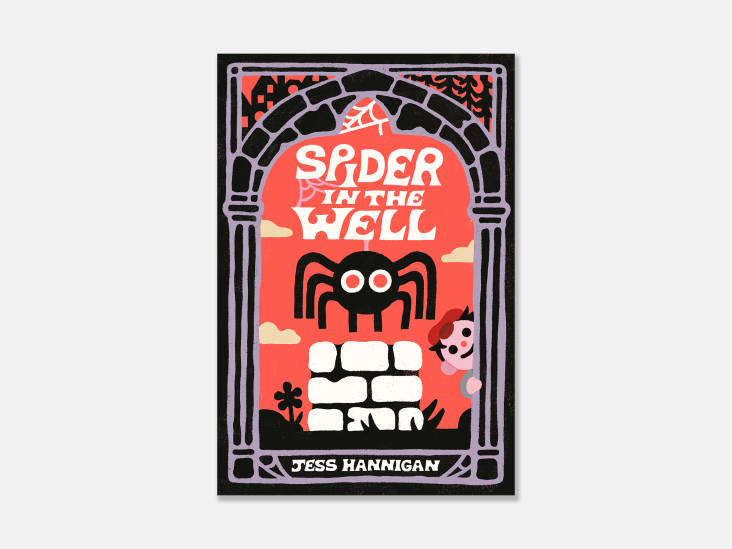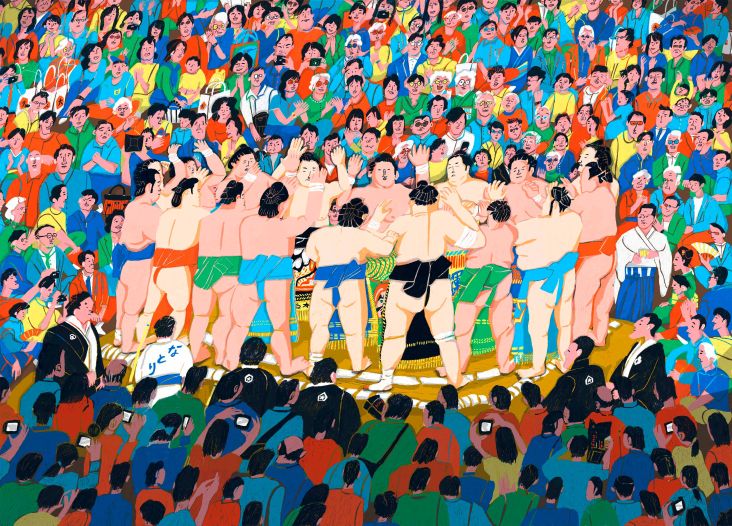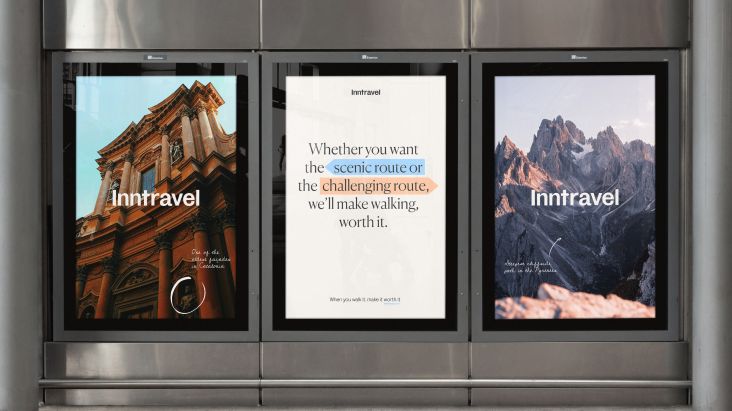UAL student Shihui Li highlights animal extinction through sugar-spun folk art
When themes of social justice are built into the curriculum, they become embedded into the wider picture, helping us to both imagine and realise more just, sustainable futures. Interaction Design student Shihui Li found a beautiful, original way to highlight the decline in biodiversity for her final year project at UAL.
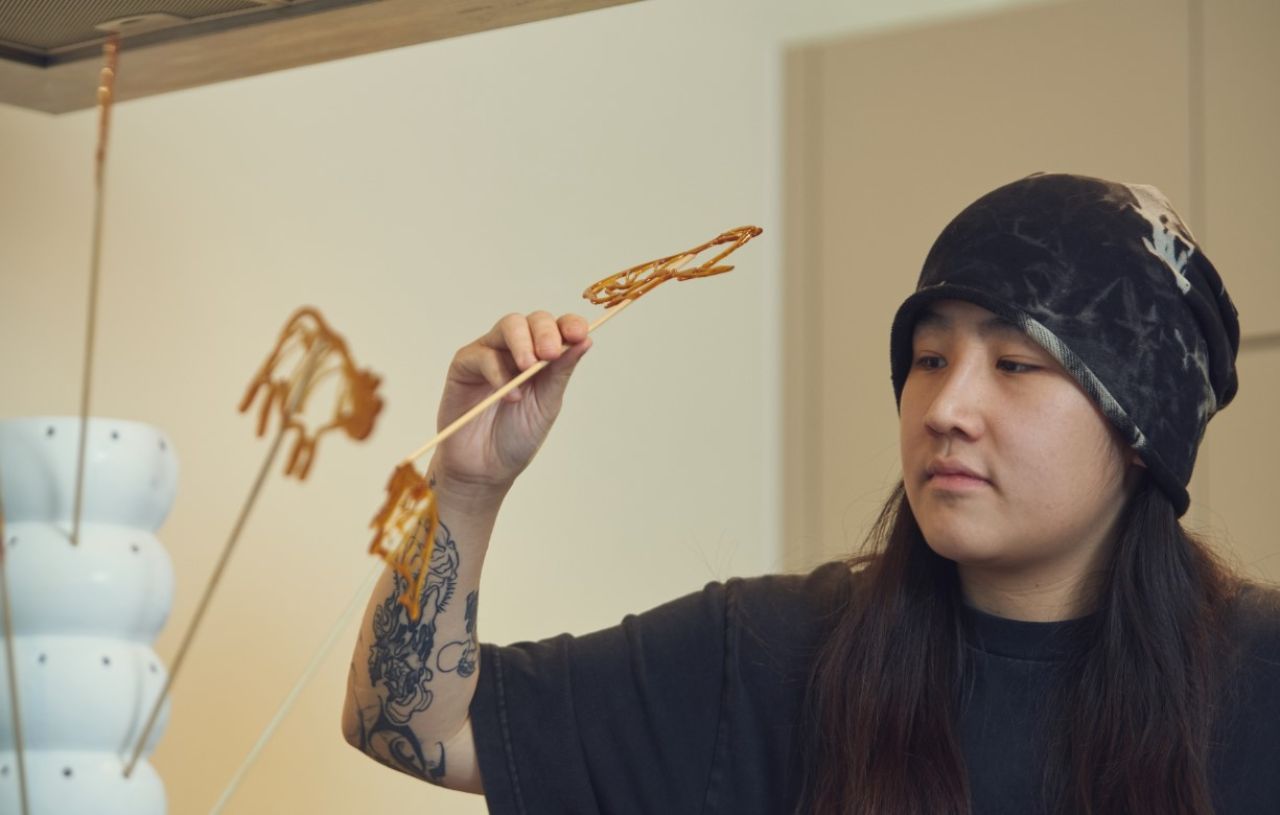
One of the best things about the design industry is that, in our experience, it genuinely welcomes all kinds of people. And that's certainly the case if you're applying for a course at University of the Arts London (UAL), which prides itself in encouraging diversity in terms of everything from personal background to creative outlook and experience.
And there’s a good reason for this; it boosts creativity. Because the more voices and experiences you're surrounded by, the more your eyes are opened to different ways of seeing the world.
We recently saw a great example of this principle in action. Shihui Li, a student on the BA Interaction Design Arts course at London College of Communication, wanted her final project to inspire others to think about how their choices of what to eat impact the environment. And she produced a highly original way to do so.
To spotlight the issue of biodiversity loss, Shihui crafted caramel figures of extinct animals using traditional Chinese sugar painting.
The story of sugar painting
It's a well-chosen metaphor because the practice of sugar painting itself is verging on disappearance.
This ancient Chinese folk art traditionally depicts animals of the zodiac or scenes from myths and legends. Its origins stretch back to the Ming dynasty, when aristocratic families and government officials moulded small animals made of sugar for religious rituals.
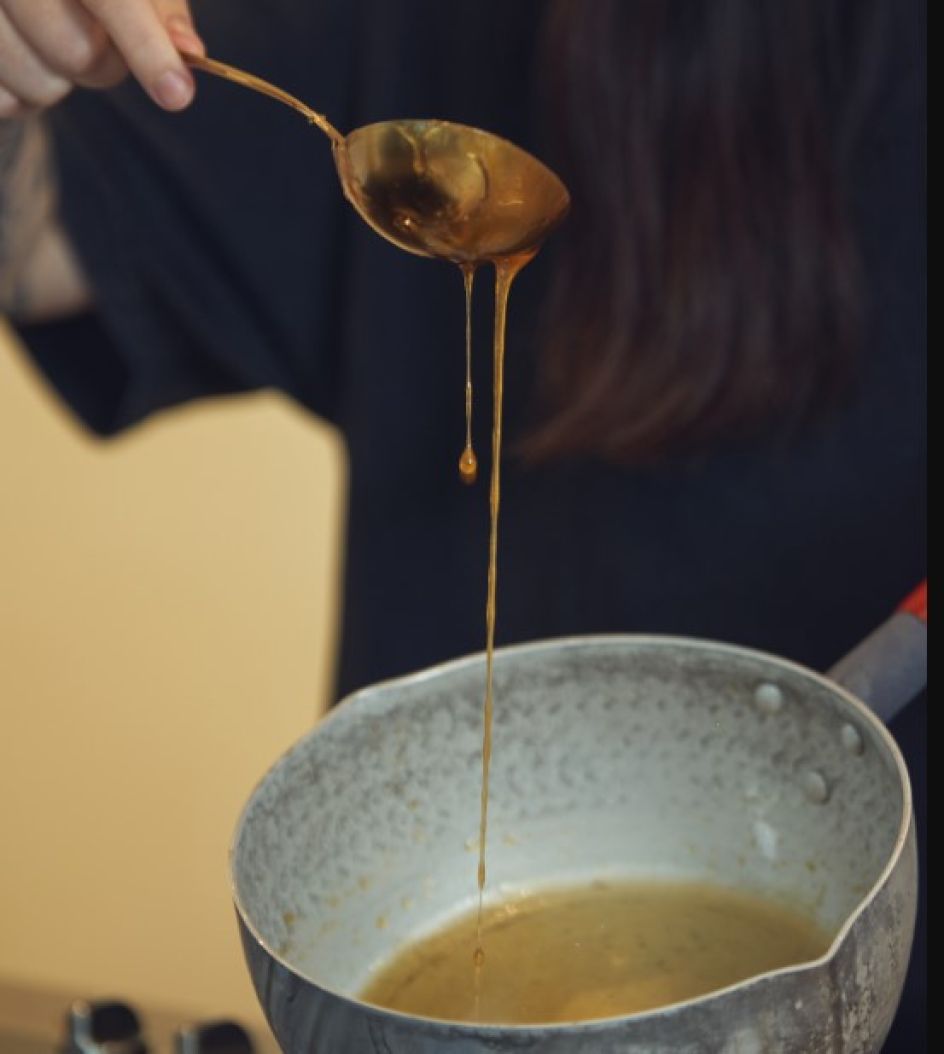
After that period, as techniques improved and the practice became more popular, folk artists combined the moulded sugar with other art forms, such as shadow play and paper cutting, to create a more diverse range of patterns.
Over generations, sacred sculptures morphed into secular sweets as sugar became more affordable. Skilled artisans crafted increasingly elaborate boiled sugar figures for temple fairs and festivals. The craft slowly grew into an integral part of Chinese culture, with distinctive regional styles blossoming across the country.
Disappearing act
Today, like many folk arts around the world, sugar painting is dying out. As factories churn out cheap, mass-produced candies, the number of artisans practising this exacting discipline is dwindling.
"When I was a child, sugar paintings were common in the streets," recalls Shihui. "Nowadays, they can only be seen at some Chinese festival fairs, and it's mostly older people who carry on this cultural heritage."
This only adds to the emotional impact of her UAL project, which mourns both the loss of animal species and the anticipated loss of a beloved folk art.
Shihui put real thought and effort into learning and refining the technique, meaning that the resulting figures are beautifully made too. Consequently, these sweet sculptures have a sting in their tales, making us think more deeply about the impact of human activities on nature.
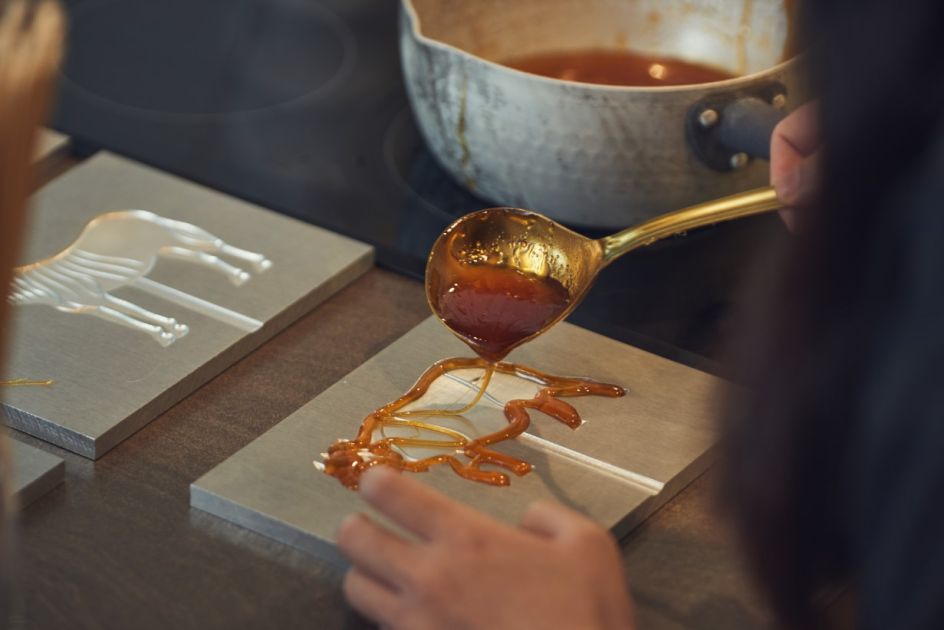
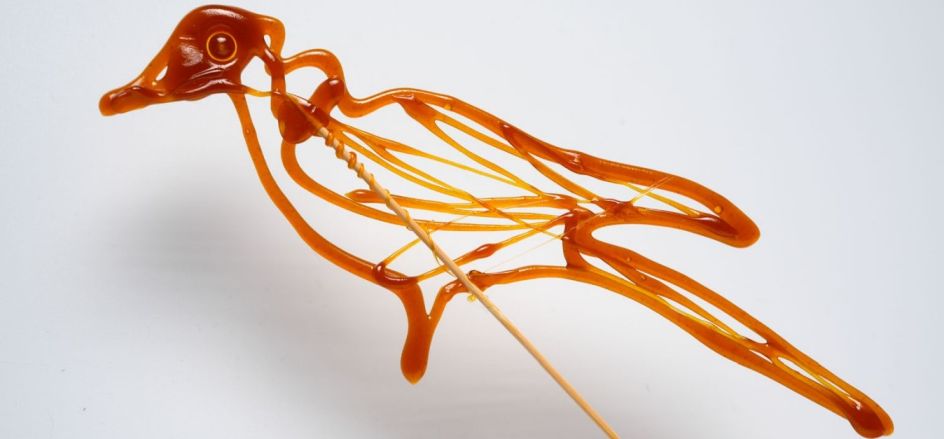
Engaging the audience
Interaction Design, by definition, is about experiential presentation, so Shihui ran trials to refine how best to engage an audience. She experimented with letting viewers consume her caramel creations and then showing them an explanatory video afterwards. "When I showed them the video after they ate them, it made them really sad," said Shihui.
Shihui modelled her figures on six species that have been hunted to extinction to satisfy human appetites: the Caribbean Monk Seal, the Plains Zebra, the Great Auk, the Passenger Pigeon, Steller's Sea Cow, and the Rhinoceros Sinensis.
"Human activity is seriously affecting the animal habitat, causing hundreds of wild animals to be endangered," she explains. "This is a piece of work that provokes thought, discussion or action about animals that have been eaten to extinction by humans."
Interaction Design, by definition, is about experiential presentation, so Shihui ran trials to refine how best to engage an audience. She experimented with letting viewers consume her caramel creations and then showing them an explanatory video afterwards.
"When I showed them the video after they ate them, it made them really sad," said Shihui.
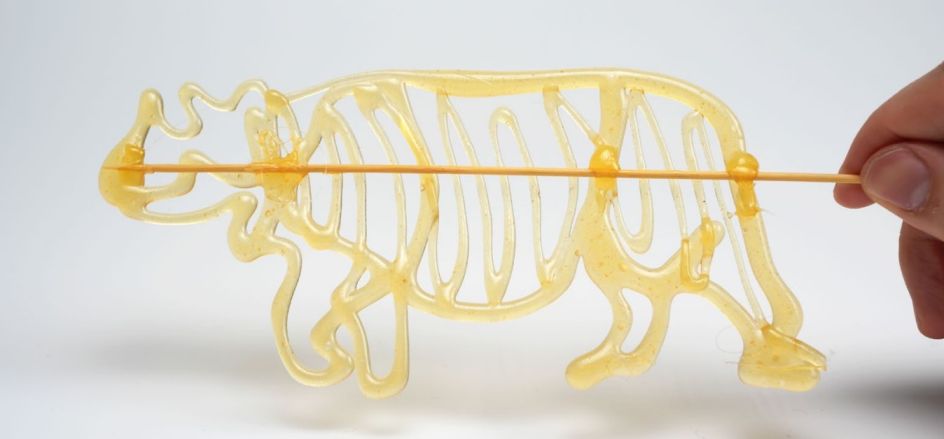
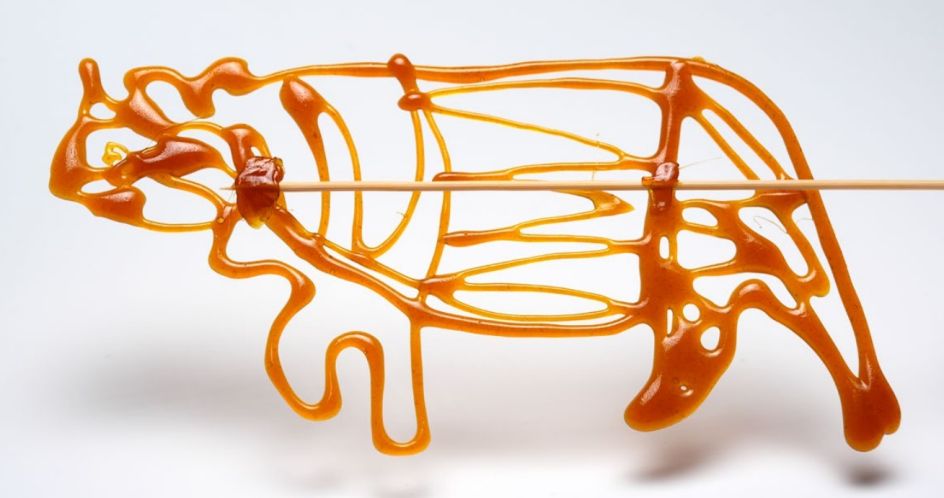
In this visceral way, she encouraged her fellow students to think about how they can consume sustainably in their own lives.
The power of creativity
Shihui's project is the perfect illustration of UAL's belief in the power of creativity for social and environmental change.
The world-renowned art and design institution integrates themes of sustainability and ethics within its innovative curriculum. It also strives to expand access and affordability for students from disadvantaged backgrounds, through initiatives such as its outreach programme, Insights, and the UAL travel bursary for open days.
"By incorporating climate, social and racial justice principles in our curriculum, reducing and working to reduce our impact on the environment and making creative education available to students from more diverse backgrounds, we're leading this change," said a spokesperson.
Indeed, several graduates of UAL are today putting these principles into practice, including Vassi Deij and Frieda Bischoff, whom we profiled last year.
With groundbreaking student work like Shihui's project, UAL and its vibrant community of trailblazing artists are generating fresh momentum to build a regenerative future. Here's hoping her sugar-spun stories can help spark sweet visions of positive change.
Further Information
To learn more about studying on a creative course at University of the Arts London (UAL), head to the UAL website.










](https://www.creativeboom.com/upload/articles/86/862919952c0ad18439004228895a431dc6e45ffc_732.jpg)




